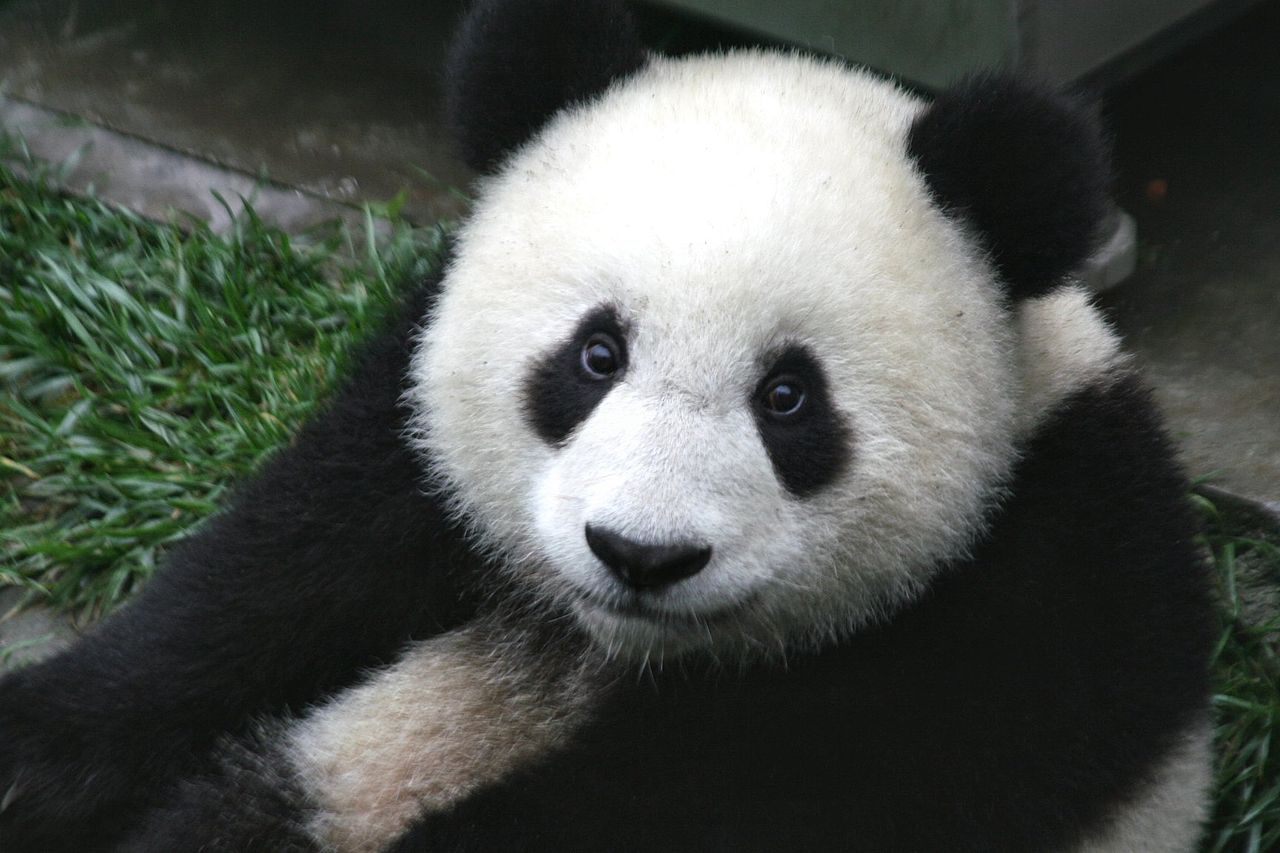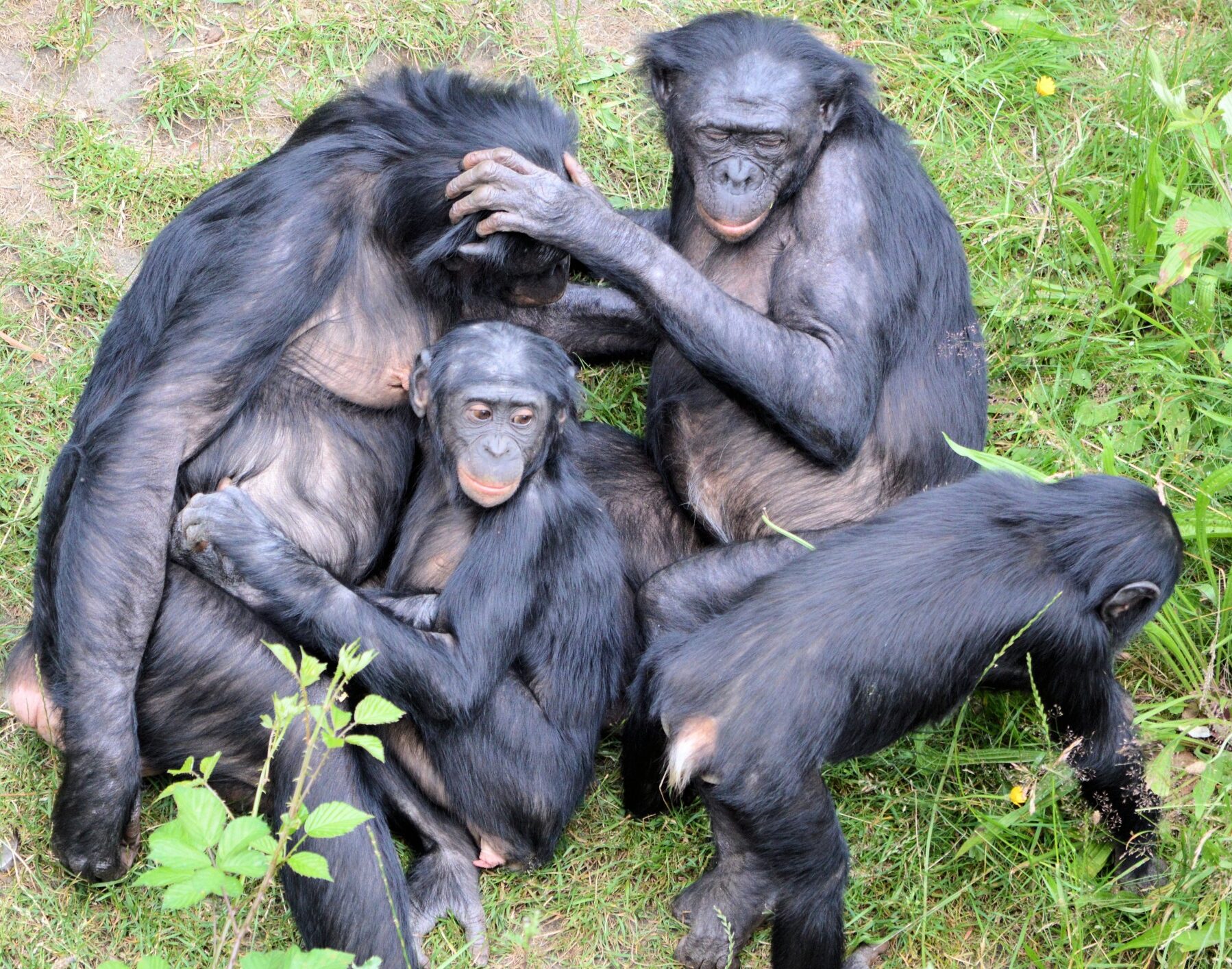Panda researchers think they may have found the key to help save the giant panda population in China’s Daxiangling Mountains. A new study shows that releasing captive-bred pandas into the wild can help these adorable black-and-white bears thrive.
The Problem: Isolated Panda Populations
Giant pandas are a beloved symbol of wildlife conservation, but many of their populations are small and cut off from each other due to roads and human activity. In the Daxiangling Mountains, only about 38 pandas remain, split into tiny groups. Small populations face big risks, like inbreeding, which can make it harder for them to survive.

The Solution: Panda Releases
Researchers found that releasing captive-bred pandas—especially females—into the wild can help. By adding new pandas, scientists can increase genetic diversity, which keeps the population healthy. The study tested different release plans and found that:
- Releasing 1 female panda every year for 50 years could grow the population to over 80 pandas and keep 90% of their genetic diversity.
- Releasing 2 females every year for 30 years could do the same, with an expected 98% survival rate!
Why Females Matter
Female pandas are key because they have babies, helping the population grow faster. The study also found that spacing out releases (like every year or every few years) doesn’t change the outcome much—what really matters is how many pandas are released over time.
Success So Far
Conservation efforts, like building wildlife corridors and reducing road traffic, have already helped pandas move between areas and mix their genes. Now, adding captive-bred pandas could give the Daxiangling population the boost it needs to survive for another century.
What’s Next?
Scientists hope their findings will help guide panda conservation plans. With the right strategy, these gentle giants can continue to munch on bamboo and roam the mountains for generations to come.








